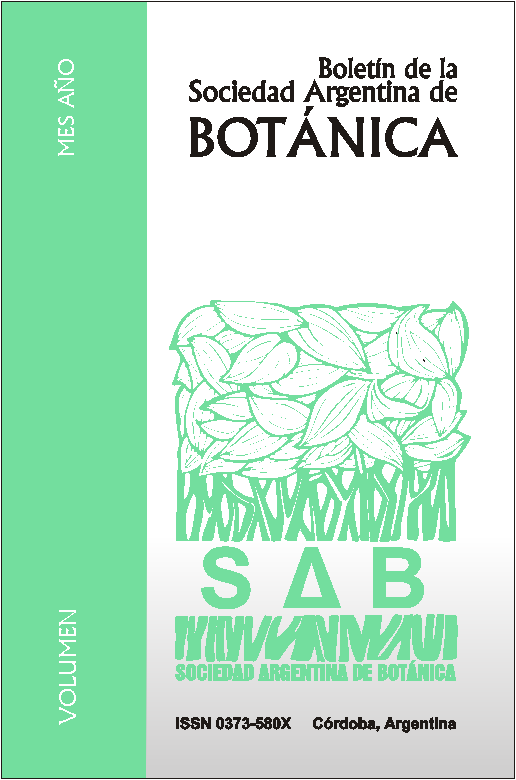Morphological and molecular characterization of common bean landraces cultivated in the semi-arid Mexican high plateau
DOI:
https://doi.org/10.31055/1851.2372.v49.n4.9891Keywords:
AFLP, Genetic variation, Landraces, Phaseolus vulgaris L.Abstract
The objective of the current research was to characterize the common bean in agriculturalfields planted with common bean landraces from the semi-arid Mexican high plateau using bothmorphological and amplified fragment length polymorphism (AFLPs) data. The morphological traitswere discriminating and exhibited the clustering of 150 accessions based on the geographic origin andseed coat color. AFLP primer combinations exhibited a polymorphic range between 0.292 (E-AGG +M-ACT) and 0.375 (E-ACA + M-AGA). The frequency and distribution of the polymorphic fragmentsallowed the detection of a larger number of rare fragments in accessions 121 and 111 (Flor de Mayoand black common beans, respectively). The analysis of genetic relationships, analysis of molecularvariance (AMOVA), and Powell’s diversity index confirmed a broad genetic basis for the germplasmof the common bean from the semi-arid Mexican high plateau. The clustering and principal coordinateanalyses demonstrated a strong genetic relationship among the collected common bean landraces basedon the similarity in the variety name, origin, and seed coat color, demonstrating the influence of differentcultivation practices in the two regions and the adaptation of P. vulgaris to the agroclimatic conditions ofthe semi-arid Mexican high plateau.Downloads
Published
Issue
Section
License
Provides immediate and free OPEN ACCESS to its content under the principle of making research freely available to the public, which fosters a greater exchange of global knowledge, allowing authors to maintain their copyright without restrictions.
Material published in Bol. Soc. Argent. Bot. is distributed under a Creative Commons Attribution-NonCommercial-ShareAlike 4.0 International license.





